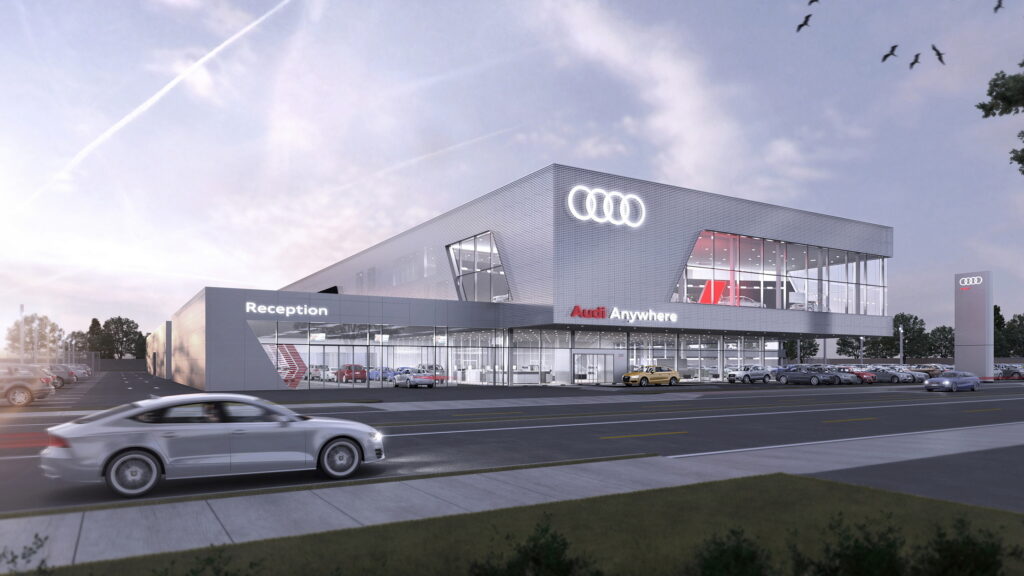Car payments keep rising, as 17.1 percent of new car buyers are paying more than $1,000 per month on their vehicle in the second quarter of 2023. While a minority of buyers are being savvy, the alarming majority may soon find themselves at a disadvantage.
The number of buyers with a car payment of more than $1,000 per month is the highest it has ever been, beating out last quarter’s record of 16.8 percent. In addition, the annual percentage rate (APR) of 7.1 percent is the highest since the fourth quarter of 2007.
“The double whammy of relentlessly high vehicle pricing and daunting borrowing costs is presenting significant challenges for shoppers in today’s car market,” said Ivan Drury, director of insights at Edmunds. “The Federal Reserve’s recent pause in interest rate hikes unfortunately didn’t offer much relief for consumers, and hints at further raises later this year mean auto loan rates could even continue to increase.”
Read: More Car Buyers Than Ever Are Paying Over $1,000 Per Month To Finance Their New Vehicle

Looking deeper into the data, we can see that 15.6 percent of shoppers are actually using the high car payments to their advantage. Those buyers have a loan term of 31 to 48 months with a 2.0 to 4.8 percent APR, and appear to be taking advantage of subsidized finance offers to save as much as $8,500 over the course of their loan.
However, the majority of owners spending this much on their car are at risk of finding themselves owing more than the car is worth. Edmunds finds that 64.5 percent of new car owners have loan terms of 67 to 84 months, and an average APR of between 8.5 and 9.6 percent. They are paying thousands of dollars towards interest, not the principal amount that they borrowed.
“Consumers who are paying large amounts of finance charges could be in jeopardy of falling into a negative equity trap, so it’s critical to come to the table with a comprehensive budget and a feel for the financing elements of a car purchase beyond the monthly payment, including the APR,” said Drury. “For those with plans to replace their vehicle over the next few months, you may have to reset any expectations of the summer discounts of old.”
That could be a big problem, as more vehicle owners find themselves with loans whose terms haven’t been worse since just before the great recession of 2008, and more than ever are paying enormous sums every month for the ability to get around.





